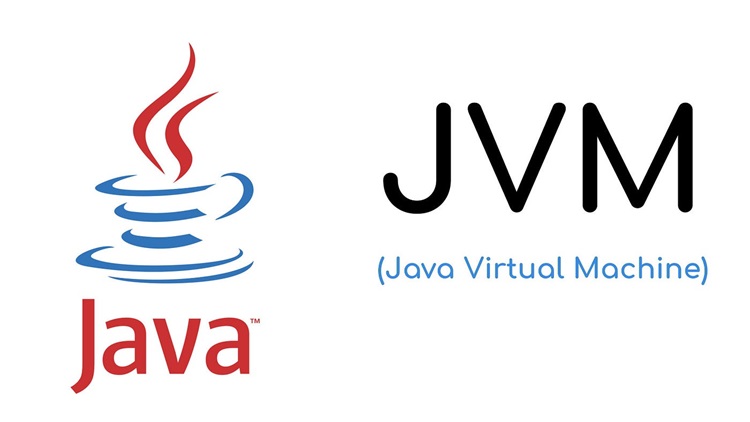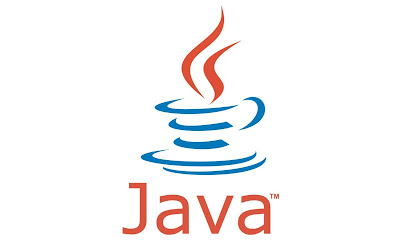In the dynamic landscape of programming languages, Java has consistently stood out for its versatility and reliability. With the release of Java SE 8, the Java Virtual Machine (JVM) underwent significant improvements that not only enhanced performance but also added new dimensions to the language's capabilities. In this comprehensive exploration, we delve into the key JVM enhancements in Java SE 8, shedding light on how these changes impact developers and the overall Java ecosystem.
1. Introduction to Java SE 8 and the JVM
Java SE 8, released in 2014, marked a pivotal moment in Java's evolution. One of the focal points of this update was the reinvigoration of the JVM. The JVM serves as the cornerstone for executing Java applications, making any enhancement in its functionality a crucial advancement for developers worldwide.
2. Just-In-Time (JIT) Compilation: A Game-Changer
One of the standout improvements in Java SE 8 was the enhancement of the Just-In-Time (JIT) compilation process. JIT compilation plays a pivotal role in translating Java bytecode into machine code at runtime. The optimization in Java SE 8 resulted in faster execution times, mitigating the notorious startup delays associated with earlier versions.
3. Lambda Expressions: Transforming Development Paradigms
Java SE 8 introduced lambda expressions, a groundbreaking feature that revolutionized the way developers write code. The JVM underwent modifications to efficiently handle these expressions, enabling concise and expressive syntax for handling functionalities like never before. This not only improved code readability but also contributed to enhanced developer productivity.
4. Metaspace: The Evolution of PermGen
In prior Java versions, memory management was often a pain point for developers, particularly with the infamous PermGen space. Java SE 8 addressed this concern by introducing Metaspace, a memory space that dynamically manages class metadata. This not only averted common OutOfMemory errors but also allowed for more scalable and adaptive memory allocation.
5. Parallel and Concurrent Collectors: Optimizing Garbage Collection
Garbage collection is a critical aspect of memory management in Java. Java SE 8 introduced parallel and concurrent collectors, providing more efficient ways to reclaim unused memory. These collectors significantly reduced pause times, enhancing application responsiveness and scalability.
6. Stream API: Simplifying Data Processing
The Stream API in Java SE 8 brought functional programming paradigms to Java, enabling developers to perform parallel operations on streams of data. The JVM optimizations tailored for the Stream API facilitated seamless parallel execution, unlocking unprecedented levels of performance in data processing tasks.
7. Nashorn JavaScript Engine: Bridging the Gap
Java SE 8 featured the introduction of the Nashorn JavaScript engine, replacing the aging Rhino. This upgrade enhanced the interoperability of Java with JavaScript, providing a more modern and performant scripting environment. The JVM modifications ensured smooth integration, fostering a more cohesive development ecosystem.
8. Improved Security Features: Safeguarding Applications
Security is a paramount concern in today's digital landscape. Java SE 8 addressed various security vulnerabilities by incorporating enhanced cryptographic algorithms and security protocols. The JVM modifications played a pivotal role in fortifying Java applications against potential threats, earning developers a more secure development environment.
9. Default Methods: Facilitating Interface Evolution
Default methods in interfaces were introduced in Java SE 8, allowing developers to add new methods to interfaces without breaking existing implementations. The JVM enhancements ensured seamless integration of default methods, promoting a smoother transition for developers adapting to evolving interface requirements.
10. Conclusion: Java SE 8 – A Paradigm Shift in Java Development
In conclusion, the Java Virtual Machine improvements in Java SE 8 have ushered in a new era of Java development. From performance optimizations to language features like lambda expressions and the Stream API, each enhancement has contributed to making Java SE 8 a milestone release. As developers continue to leverage these improvements, Java remains at the forefront of modern, scalable, and secure application development. Embracing the power of Java SE 8 and its refined JVM, developers are well-equipped to navigate the evolving landscape of software development with confidence and efficiency.





0 comments:
Post a Comment